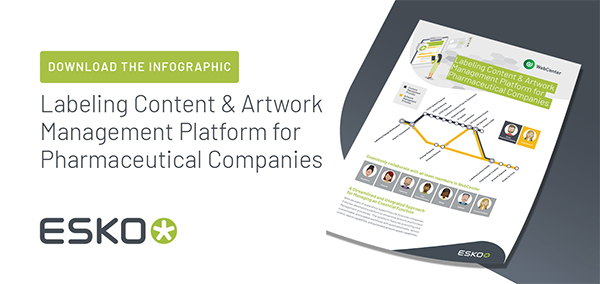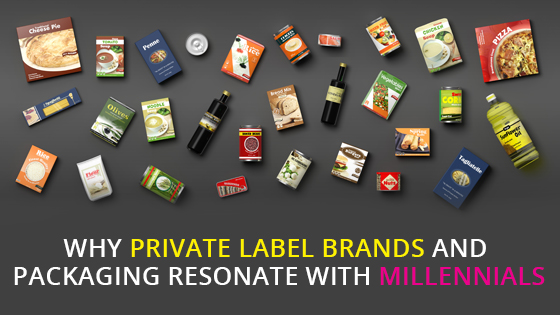Product recalls pose significant challenges and risks for pharmaceutical companies, impacting not only their financial stability but also their reputation and, most importantly, patient safety. As the pharmaceutical industry strives to provide effective and safe medications, it is essential for companies to implement strategies to avoid recalls and minimize risks. This blog post addresses why recalls happen and how pharmaceutical companies can mitigate potential risks and ensure product integrity. From supply chain management and rigorous quality control measures to regulatory compliance and technological advancements, we will explore actionable insights and practical solutions that empower pharmaceutical companies to navigate the complex landscape, reduce the likelihood of product recalls, and safeguard patient well-being.
What Causes Pharmaceutical Product Recalls?
There are myriad reasons pharmaceutical products get recalled. Let’s explore some of the most common ones.
Supply Chain Issues
Quality control problems, compromised product integrity, and safety concerns can all result from disruptions or deficiencies in the supply chain. Delays in raw material shipments, inadequate storage conditions, or substandard transportation practices can all contribute to the deterioration of product quality and efficacy. Furthermore, if the supply chain lacks transparency and effective traceability systems, it becomes challenging to identify and isolate affected products promptly. These factors, combined with strict regulatory standards and consumer safety expectations, highlight the critical role of a well-managed and resilient supply chain to reduce the risk of pharmaceutical product recalls.
The Drug Itself
Any defects, contamination, or deviations from quality standards can potentially harm patients and erode public trust. Issues such as manufacturing errors, formulation problems, packaging flaws, or inaccurate labeling can compromise the efficacy and stability of a pharmaceutical product. Additionally, adverse events, reported side effects, or safety concerns associated with a drug can trigger regulatory scrutiny and prompt recalls. Therefore, timely detection, effective communication, and swift corrective actions are key.
Mislabeling
Mislabeling also significantly heightens the risk of product recalls. The role of accurate and clear labeling in patient safety is obviously crucial. Mislabeling can lead to serious consequences. For example, incorrect dosage instructions or misleading information on labels can result in patients taking the wrong amount of medication or misunderstanding its usage, potentially leading to adverse reactions or ineffective treatment. Moreover, mislabeled products generate confusion among healthcare professionals, pharmacists, and patients, making it difficult to identify and administer the correct medication. In cases where allergens or harmful ingredients are not accurately identified, an even greater risk to individuals with specific allergies or sensitivities results. To mitigate these risks, strict quality control measures, clear-cut labeling processes, and thorough inspections throughout the supply chain are critical to prevent mislabeling incidents and maintain the integrity of pharmaceutical products.
Regulatory Non-Compliance
Compliance with regulatory standards and guidelines is essential for ensuring the safety, quality, and efficacy of pharmaceutical products, and to avoid recalls. Non-compliance may, for example, result from inadequate manufacturing practices, insufficient documentation, failure to meet labeling requirements, or deviations from good manufacturing practices (GMP). These violations can compromise the integrity of the product, potentially leading to contamination, ineffective treatment, or adverse reactions in patients. Additionally, non-compliance can trigger regulatory audits, investigations, and enforcement actions. It is therefore critical for pharmaceutical companies to prioritize compliance, establish strong quality assurance systems, and promote a culture of adherence to regulations.
Using Digital Solutions to Minimize Risk
Digital solutions with automation capabilities help pharmaceutical companies streamline and optimize critical processes, significantly reducing the risk of errors and oversights that could lead to recalls. Tools for label and artwork content management, quality control, and regulatory compliance enhance efficiency and accuracy by automating repetitive tasks, ensuring consistent adherence to standard operating procedures, and facilitating real-time monitoring and data analysis. They enable proactive identification of potential issues, prompt corrective actions, and seamless collaboration among stakeholders. By harnessing the power of digital solutions with automation capabilities, pharma companies can enhance their operational efficiency, maintain product integrity, and ultimately minimize the occurrence of product recalls.
WebCenter for Pharma
WebCenter is a central digital source for pharma companies to manage the process of creating and updating artwork, labels and IFUs. It enables visibility by providing one location for tasks, task assignments, information, and existing project materials. Once the updated artwork has been created, multiple reviewers can approve or reject the design from a single viewer until it meets requirements, effectively mitigating risk. Additionally, it provides full version control to enhance traceability and compliance.
Do you want to visualize exactly how digital tools can help you manage these processes? Then check out our process map and learn how to streamline your labeling and artwork content management with solutions from Esko. Contact us today!

Patient and Product Safety into the Future
When it comes to managing labeling and artwork content, pharma companies must prioritize patient safety above all else. It is therefore paramount they adhere to regulatory guidelines and best practices. Leveraging digital tools facilitates a streamlined review and approval process, minimizing the likelihood of errors and oversights that could trigger product recalls. By implementing rigorous quality control processes, companies ensure content for labels and artwork is consistent and correct. Finally, the implementation of these measures helps pharma companies effectively mitigate risks, reduces the potential for harm, upholds the highest standards of safety, and protects their brand reputation.










